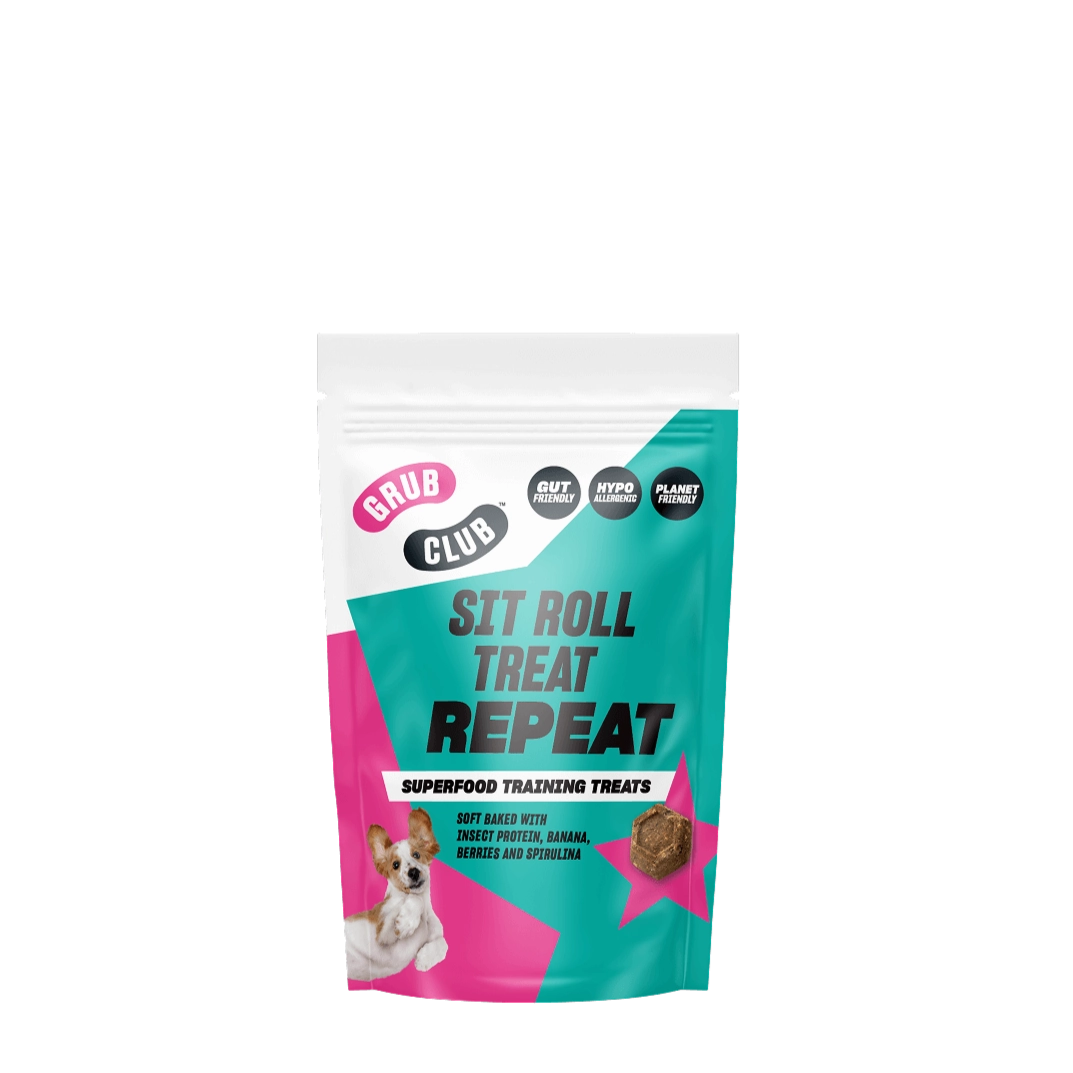Top Dog: All-In-One
Supplement for Snout-to-Tail Wellness
60 Scoops
FREE UK Delivery on orders above £49.
You have £0.00 in your cart, spend £49.00 more and get free shipping.
60 Scoops
1 Bar
72 Bags
1 Pack
1 Pack
1 Pack
Or continue without a name
CheckoutAs a dog owner, there’s nothing worse than watching your furry friend suffer from food allergies, especially when they are looking up at you with those “help me” puppy dog eyes. From nonstop scratching to digestive disasters (we’re talking ear infections, hair loss and more), food allergies and sensitivities can wreak havoc on your dog’s life. But don’t panic! We’ve been in the dog food trenches ourselves and have come out the other side with a revolutionary solution – our hypoallergenic dog food. It’s not only kind to your pup’s tummy but also to the planet! Ready to learn more about hypoallergenic diets and how they can give your dog the relief they deserve? Then read on…
Just like their humans, dogs can develop food sensitivities or allergies with the usual culprits being proteins, grains and wheat. But what causes their body to throw such a hissy fit? It’s all about the immune system. For some unlucky pooches, their immune system misreads a harmless ingredient as an enemy invader leading to a histamine release which is quickly followed by allergic reactions such as itchy skin, upset stomachs and sad doggos all around. Think of it like your dog’s body yelling, “Stranger danger!” to their food.
It may really surprise you to learn that some of the ingredients we’ve always thought were nutritionally good for our pups can actually be the hidden troublemakers. Let’s take a look at the most common offenders:
When it comes to hypoallergenic dog food, the goal is simple: keep the allergens out! This is done by removing the common troublemakers or breaking proteins down into itty-bitty pieces so your dog’s immune system doesn’t recognise them as a threat. Here are the main players in the hypoallergenic food game:
Hydrolysed diets involve breaking down proteins into smaller pieces, making them less likely to trigger an allergic reaction. This process alters the protein structure so the immune system doesn’t identify it as an allergen.
Pros:
Cons:
Prescription hypoallergenic diets are available only through a vet and are formulated specifically for dogs with known allergies or severe sensitivities.
Pros:
Cons:
Vegan dog food removes animal proteins altogether and relies on plant-based proteins. This can be helpful for dogs allergic to multiple animal proteins like beef, chicken and dairy.
Pros:
Cons:
Ever heard of dogs dining on rabbit, venison, duck or even kangaroo? It may sound fancy or even crazy but these less common proteins are perfect for dogs that have developed allergies to the usual suspects like beef or chicken.
Pros:
Cons:
This is where things get really cool. Insect protein (yes, bugs!) is a rising star in the hypoallergenic dog food world. Not only is it sustainable, but it’s also highly nutritious and brilliant for combatting sensitivity issues.
Pros:
Cons:
If your dog is showing signs of food allergies such as itchy skin, chronic ear infections and/or gastrointestinal issues you might want to consider a hypoallergenic diet. However, before making any drastic changes always consult with your vet first to check for any other possible health issues and to gain advice. They will most probably recommend that you carry out an elimination diet to pinpoint the root cause of the allergy which involves the systematic removal of potential allergens from their diet, replacing them with novel, hypoallergenic ingredients. For more information on this process, you can read our ultimate guide on elimination diets here.

Switching to a new diet shouldn’t be a sudden change. Think of it as introducing your dog to a new food group slowly, instead of inviting them to the buffet all at once. Here’s how to make the transition smooth:
At Grub Club, we’re all about helping your dog live their best life without allergies getting in the way. That’s why we’ve created a range of insect-based, hypoallergenic dog food and treats that are not only gentle on your dog’s tummy but also packed with nutritional benefits. Plus, they’re kind to the planet (bonus points for being sustainable!)
Here’s what you get with Grub Club’s hypoallergenic insect-based dog food:

So, what do you think? Ready to give your dog some well-deserved relief from food allergies? Shop our range of hypoallergenic insect-based dog food today.
Your pup (and the planet) will thank you!






